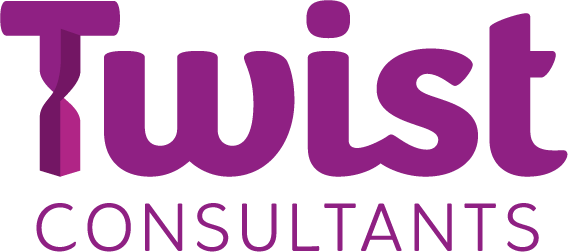We’re in the final few weeks before the end of 2025. There’s always a particular kind of energy that shows up at this point in the year. It’s a mix of urgency, pressure, and a slightly breathless ‘just keep going’ approach that many teams can slip into without realising it.
Image, Lance Grandahl, unsplash
With that backdrop in mind, I’ve been thinking a lot about a manufacturing panel I attended recently where words that kept coming up during that session included: change, agility, disruption, uncertainty, resilience. And these words describe the world we’re all operating in, at exactly at the point in the year when attention is wavering, energy is lower, but expectations somehow stay sky-high as we head towards the finish line.
Layering on even more expectations
In the UK, many organisations are now also layering on the outcomes of the Autumn Budget announcements shared this week. Alongside a freeze on income-tax and employer NI thresholds, and shifts in how employers navigate reward, the Chancellor also confirmed new funding to make apprenticeship training for under-25s completely free for small and medium-sized businesses.
This is definitely a great move for strengthening skills pipelines - especially for so many sectors that need to strengthen their talent pipeline and build their future leaders, like manufacturing, engineering and construction. But it’s an example of something important that often gets missed: it’s another layer of expectations. For example, bringing in apprentices and supporting them well, takes time, clarity and leadership attention. It’s one more initiative landing in organisations that are often already stretched by multiple, ambitious change agendas.
This brings me right back to the manufacturing panel when they were discussing the volume of change that teams are dealing with. One panellist challenged us all to consider the question: “What would happen if we pushed transformation out?” It sounds like a very simple challenge. But most organisations still default to ‘keep everything moving, keep delivering, we need to be busy’, regardless of whether the people doing the work have the capacity, clarity or headspace to absorb all that change. And it’s not just me saying this. According to recent findings from Gartner, less than half of employees had achieved the change goals set by their organisation. That’s less than 50% at a time when the demand for change has only been going one way: up.
So, when leaders are pushing to get everything done before year end or setting 2026 goals to be even more ambitious than 2025 - without stopping to think about the human cost - it will have an impact. The initial enthusiasm of everyone rallying around goals wanes. Engagement slowly drops. Energy starts to evaporate. People stop telling you what’s really going on or what they’re concerned about, often because they assume the response will be ‘we just need to keep going.’ If some of that feels uncomfortably familiar, you’re not on your own. And if you’re feeling the push-and-pull between delivery expectations and the reality on the ground, let’s talk.
Courage, not change management
This isn’t an issue about change management. It needs to be a conversation about leadership courage in the face of people feeling knackered by the amount of change they’re having to deal with. It’s about choosing what won’t get done and what - and who - to say no to. And it’s about the honesty that’s needed to say, “We can do these things well… or this big list of everything else we’re trying to do, not quite so well. Which do we choose?”. Most importantly for me, it’s about recognising that change fatigue doesn’t magically reset to zero when the clock hits midnight on 31 December. People don’t walk back into the office in the New Year fully recharged just because it’s January.
Leaders are the ones who set the tone for the year ahead. And that’s done through the choices that are made now. Choices about pace, pressure, prioritisation and the very human limits of the people we rely on. If we get it right, engagement will stay high and objectives will be achieved. So as 2025 draws to a close, the real question isn’t necessarily “How do we get all this done?” It’s “What really matters and how do we protect that so we’re in a good place to end the year?”
If you want space to think that through - without any of the usual noise, pressure or expectations - get in touch.

